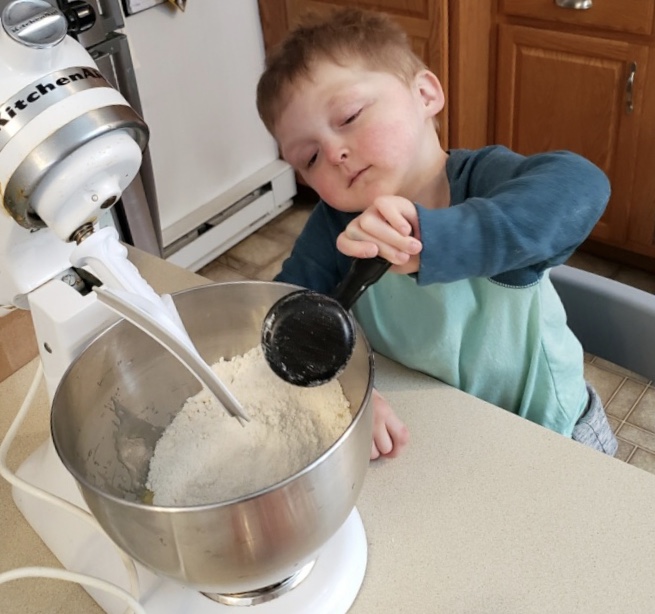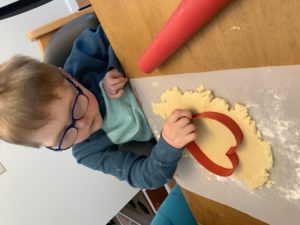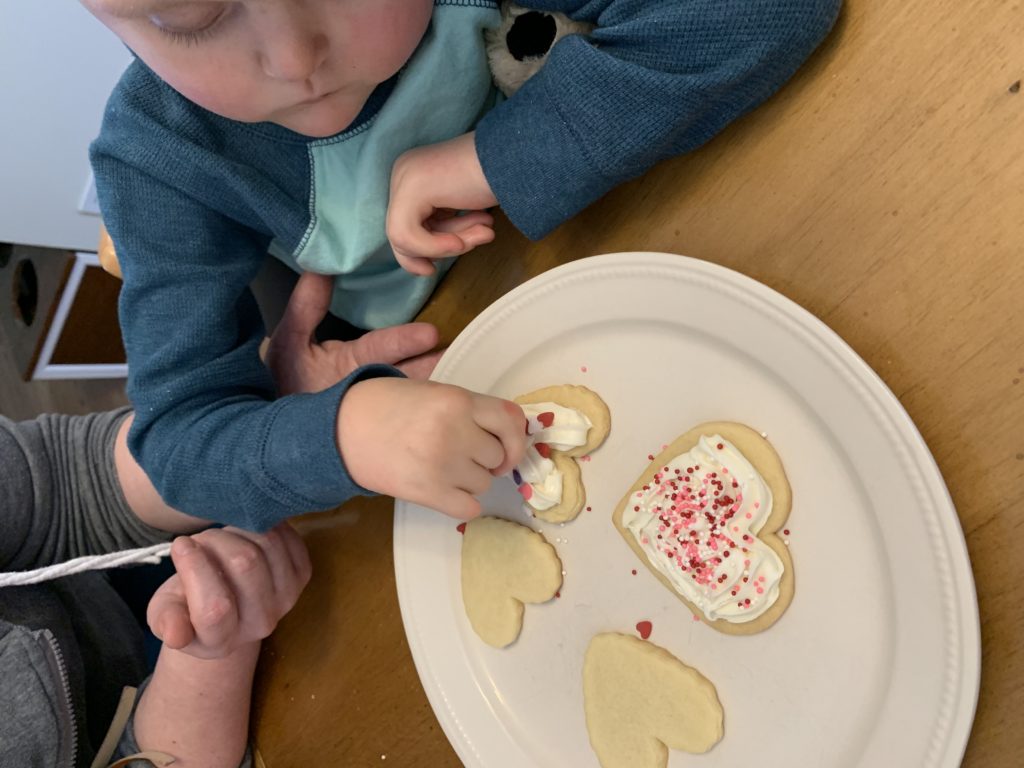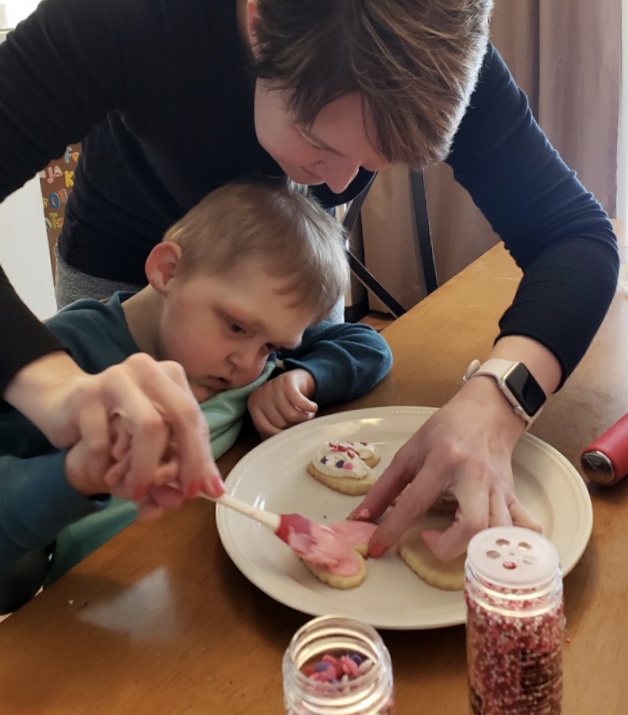
National Heart Month
Did you know that 1 in 110 babies are born with a congenital heart defect?
Did you know that 25% of those babies need surgery in order to survive?
Did you know that over the last 10 years, CHD survival rates have increased by 30% due to advances made through research?

Our little guy, Gavin, has not one but two congenital heart defects (CHD). He has: 1. Patent Ductus Arteriosus (PDA) and 2. Atrial Septal Defect (ASD). The ductus arteriosus is a hole between the aorta and the pulmonary artery in the heart of an unborn baby that allows the blood to bypass the circulation to the lungs. Once the baby is born, the hole is no longer necessary. The ductus arteriosus typically begins to close over the first few days of life. Gavin’s PDA has continued to get smaller as he grows. There is a chance that it will close on it’s own. The ASD is an abnormal opening between the upper two chambers (atria), of the heart. Gavin’s ASD is also relatively small and does not significantly impact his heart and lungs at this point.

These two defects are some of the most common congenital heart defects. He has been routinely seeing a cardiologist since the day he was born. He has not needed surgery to fix either of these defects. However, it is a real possibility that a surgery could be required at some point in his life. At each appointment he has an EKG and an ECHO to monitor and assess the severity of the defects. An electrocardiography, or EKG, is when electrodes are placed on the body to record the electrical activity within the heart. An echocardiogram, or ECHO, is an ultrasound of the heart. It always surprises me how well Gavin does during these appointments. The ECHO can take around 45 minutes, which is a long time for a toddler! They typically will allow him to pick out a movie to watch so he can be distracted. He also likes to hold the technician’s hand. I’m not sure if that is a sweet gesture or a reminder of who is really in charge here.
Write it on your heart that every day is the best day in the year.
Ralph Waldo Emerson
The most important part of managing CHD is consistent and routine monitoring by a pediatric cardiologist. Regular check-ups will help the doctor know when or if they need to initiate medication or perform a surgical intervention. Children with CHD can be at a higher risk of getting an illness, therefore good hand hygiene and reducing exposure to the common cold or the flu is essential. Physical activity can be restricted based on the specifics of the child and the type of CHD. In order to promote a healthy heart and lifestyle, physical activity is encouraged. At times it can be difficult for CHD kiddos to gain weight. Thus, a heart-healthy diet is recommended. However, there are times when a high calorie or special diet will be suggested in order to boost weight gain.
Gavin’s defects are not preventable. However, many cases of heart disease can be. Heart disease is the leading cause of death for both men and women. Increasing awareness of its effects starts with knowledge. Celebrate a healthy heart by educating yourself and others.
#TRUTH: Knowing is half the battle.





